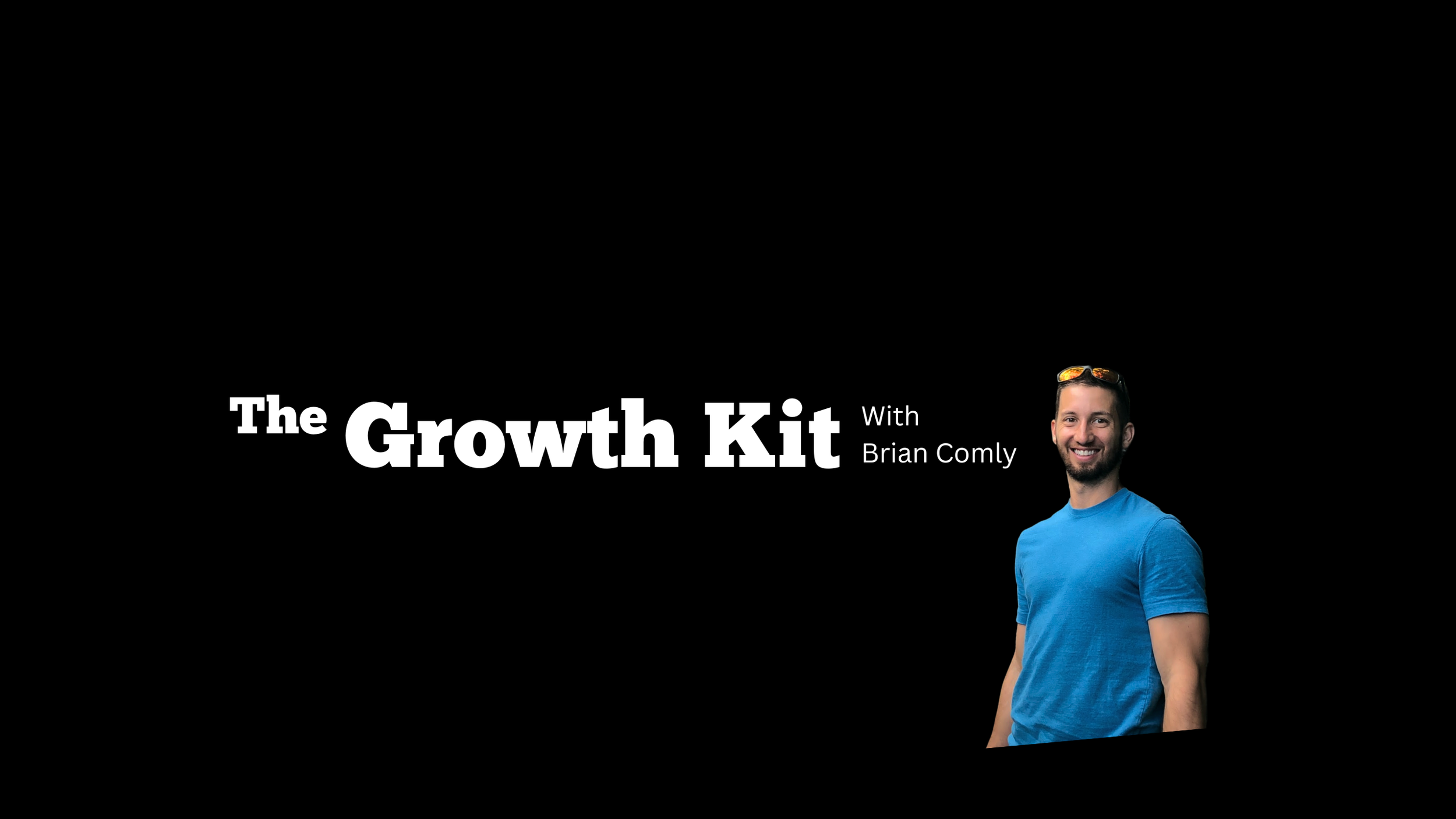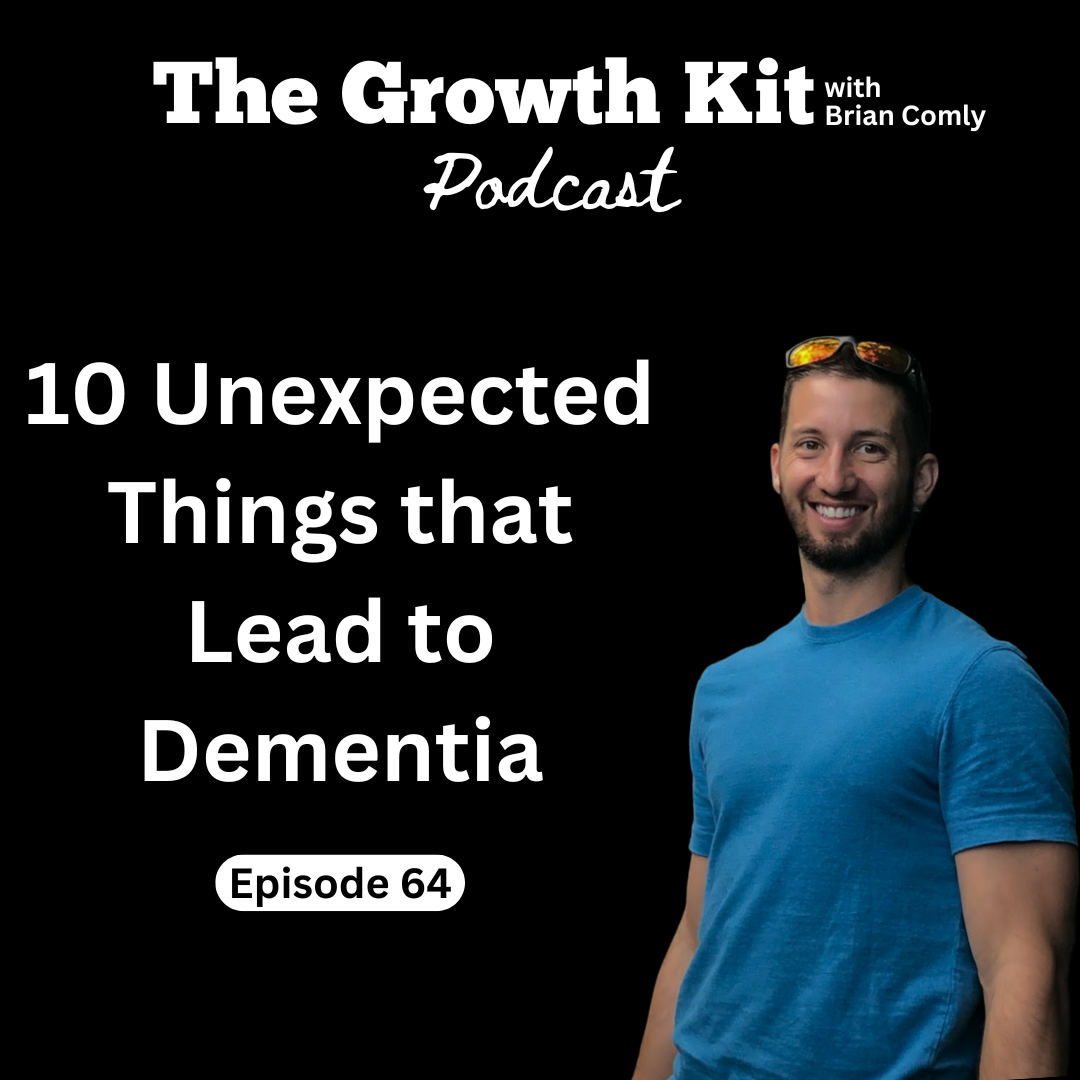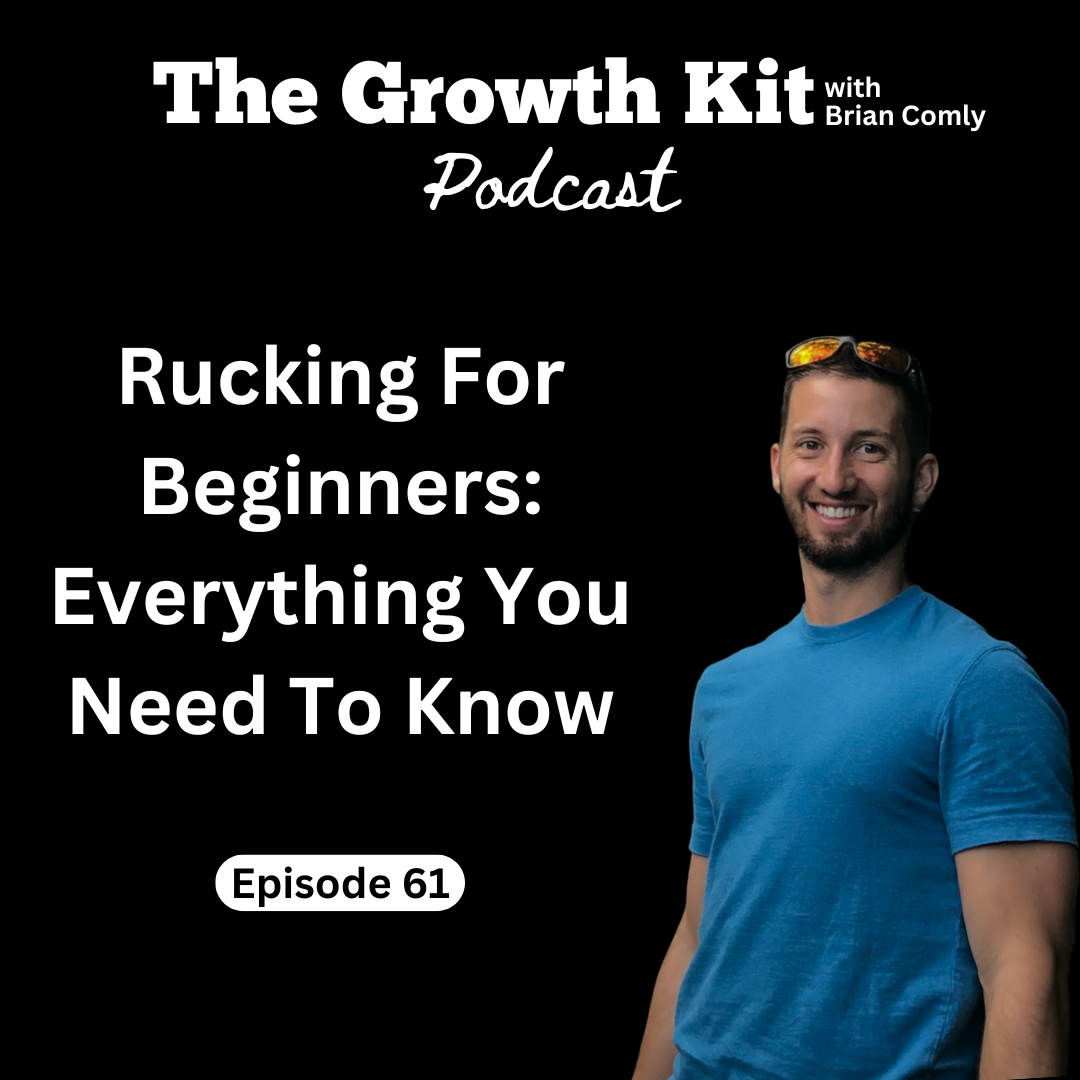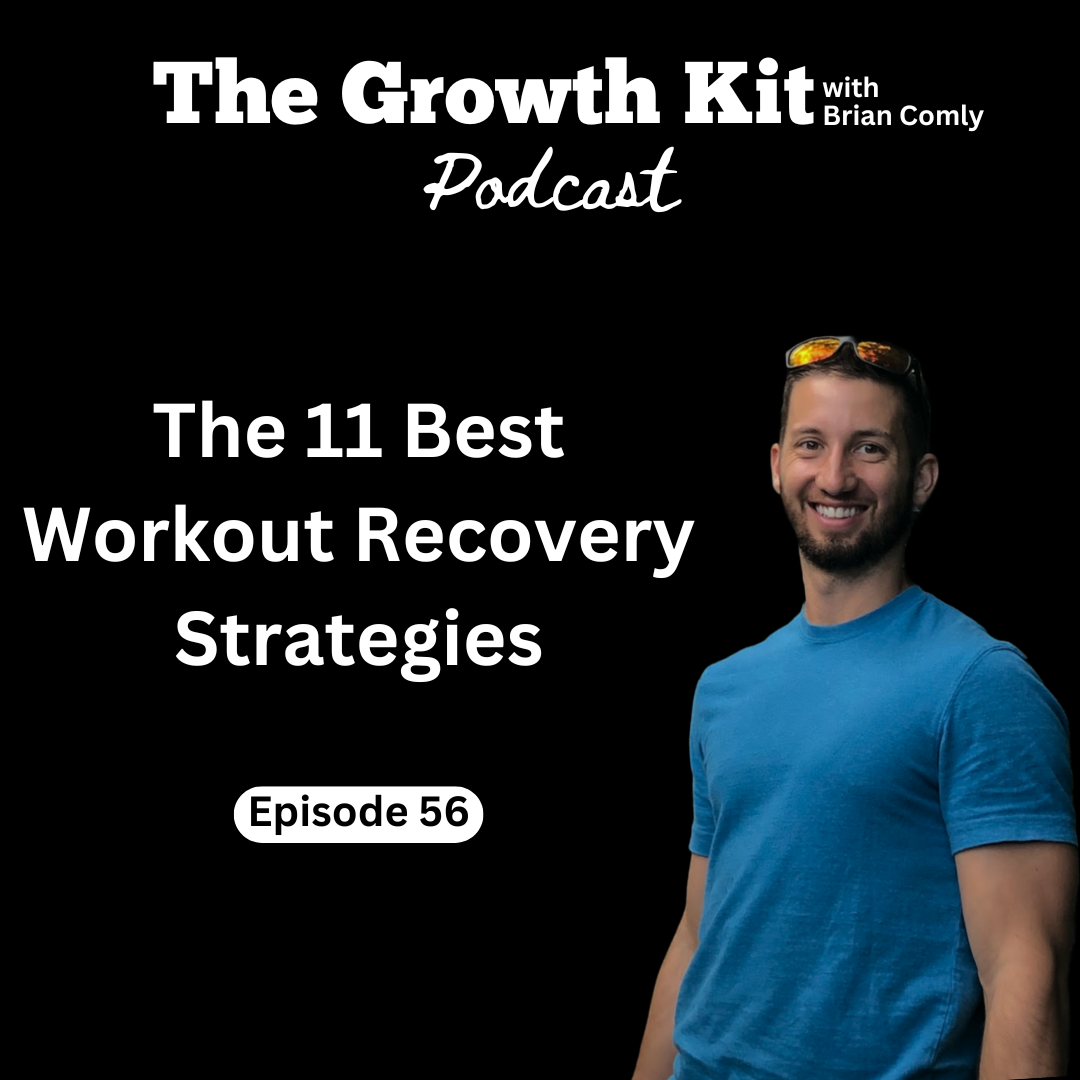
The Growth Kit
Practical ways to live better, the podcast version.
Subscribe to the show:
Listen on Spotify, Apple, iHeart Radio, or wherever you get your podcasts. You can also watch on YouTube.
Sensory Seekers Explained: How to Spot the Signs and Help Your Child Thrive
Learn about sensory seeking behavior, how it affects children, and why they crave more intense sensory input to feel regulated.
What To Do If Your Testosterone Levels Are Low: 6 Strategies
Boost your testosterone naturally with these 5 effective strategies, from lifting heavy to managing stress and improving sleep.
The Minimum Effective Dose of Zone 2 (Z2) Training
Want to know the minimum cardio required for maximum benefits? Join me as we explore Zone 2 training for efficient aerobic fitness.
10 Unexpected Things That Lead to Dementia
Dementia is a growing crisis, but lifestyle factors like diet, exercise, and mental health can make a difference in protecting your brain.
The Science of Bone Health: The Best & Worst Exercises, Nutrition, & More
Bone strength peaks by 30, but you can take action now. Find out how to build and preserve strong bones for a healthier future.
Is Your Child Sensory Defensive? Signs and Solutions
If your child struggles with sensory overload, this guide explores signs of sensory defensiveness and ways to create a safer, more manageable environment.
Rucking for Beginners: Needs, Strategies, & Tips
Improve your fitness with rucking, the simple walking activity with weight. This guide covers the physical benefits and practical tips for getting started.
9 Japanese Concepts to Improve Your Life
Learn how Japanese philosophies like Wabi-Sabi and Shinrin-Yoku can transform your daily life and promote balance, happiness, and personal development.
Q&A: What are the Top 5 Health Tips That Go Beyond the Basics?
Just two weeks of tracking can offer life-changing health insights. Spot trends, fix blind spots, and build better habits with this sustainable approach.
Psychological Nutrition (Part 2)
Discover practical ways to boost happiness, including emotional granularity, overcoming toxic positivity, and embracing foundational wellness habits.
Psychological Nutrition (Part 1)
Want lasting happiness? Start with psychological nutrition—habits and knowledge that nourish your mental health for long-term well-being.
11 Best Workout Recovery Strategies for Faster Gains
Pushing your limits is only half the equation—optimize recovery with these 11 proven techniques to enhance your strength, endurance, and overall performance.
Bonus: Inclusive Design, Disability, and Innovation with Christina Mallon
Diagnosed with ALS, Christina Mallon became a global voice for inclusive design. Hear her story of resilience, innovation, and purpose.
The Surprising Benefits of Family Dinners
Learn how regular family dinners can strengthen bonds, improve mental health, and enhance nutrition, plus practical tips to overcome obstacles and make mealtime enjoyable.
7 Surprising Health Benefits Of The Beach
Here are seven reasons that science has given us to get our feet touching sand and water at the beach.
Sensory Procesing Disorder 101
SPD can impact daily life in many ways. Learn about the types, signs, and how occupational therapy helps individuals with sensory processing challenges.
The Best All Natural Sleep Aids (& Dangers of Sleep Meds)
Learn about natural sleep solutions, the downsides of common sleep aids, and science-backed strategies for better rest in this episode.
9 Habits That Harm Your Brain
Uncover 9 brain-harming habits and discover ways to enhance your mental sharpness and long-term brain health. Simple changes, big impact.
10 Life Lessons I Learned As An Occupational Therapist: Part 4
Lessons I’ve learned during my work as an occupational therapist, translated for life.
21 Caffeine Myths: Heart Health, Dehydration, & Lethal Doses
21 mind-boggling myths about caffeine. Heart health, dehydration, the best time to drink it, the best form, and more.
What Is The Growth Kit?
I'm Brian Comly, a dad, husband, health and fitness enthusiast, and the founder of MindBodyDad.com.
I launched MindBodyDad in 2022 after realizing that I could combine my hobby of science-based self-experimentation and improvement with my love of teaching others. As a nerdy type who is always looking to find better solutions and improve upon different areas of my life, I realized that I could help way more than myself and my family as I dug through the science. Since then I've written on a range of topics that pique my interest including the Zone 2 training, baby-led weaning, seed oils, productivity strategies, baby reflexes, rucking, vision, behavior management strategies, sleep strategies, the benefits of weight lifting, takeaways from my favorite books, interviews with experts in a variety of fields, and lessons I've learned as an occupational therapist. Each of these articles provide practical nuggets of information meant to help you grow.
Now, I'm bringing each of those articles to you with the help of a voice AI. I created The Growth Kit podcast to continue providing practical strategies to improve your life, but now it’s coming through your ears instead of your eyes.
If you like the sound of this then please subscribe. Once you've listened to some episodes, please leave a review which will help spread the word about the podcast.
Enjoy!
What To Do Next
You can subscribe to the podcast on any of your favorite podcast streaming services.
You can also follow on Instagram @TheGroth_Kit
Subscribe To The Newsletter
Plus, get a free PDF with 78 ways to improve your health when you sign up.




















